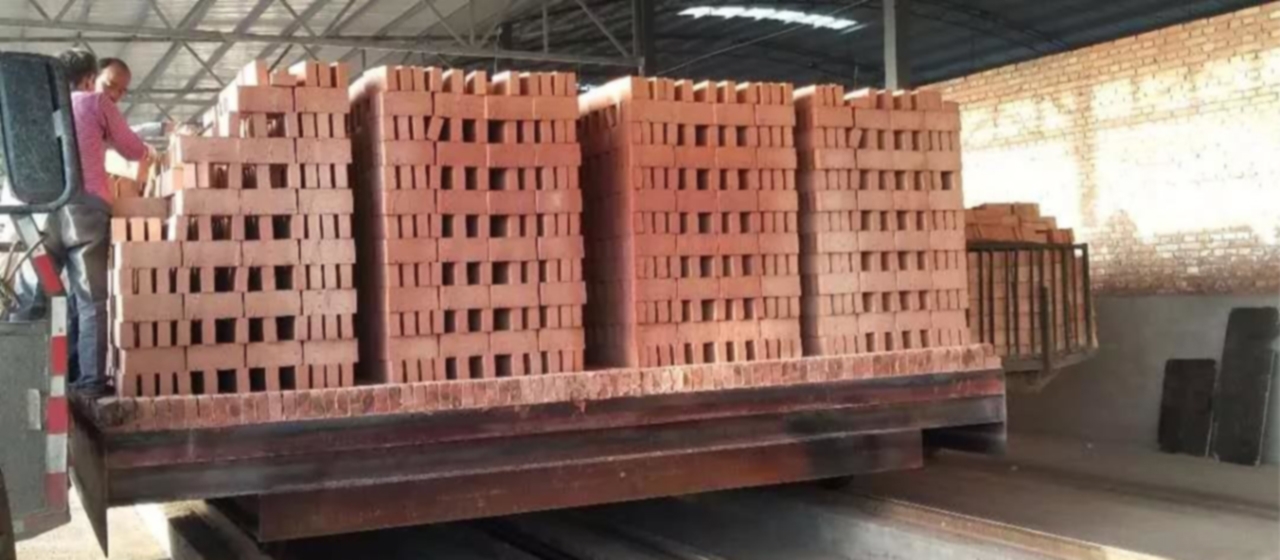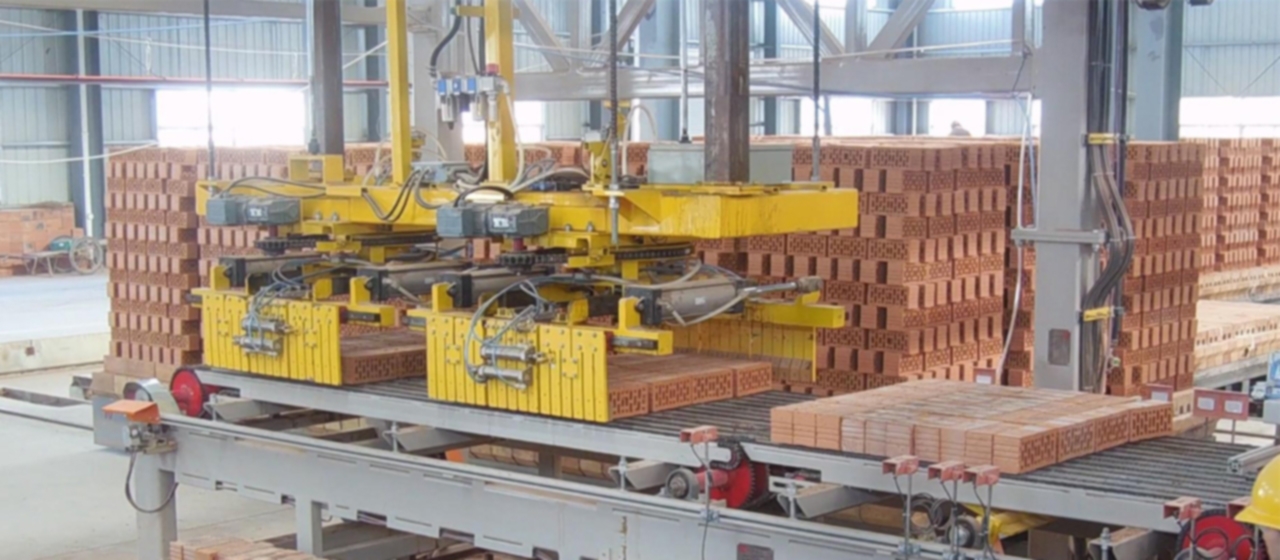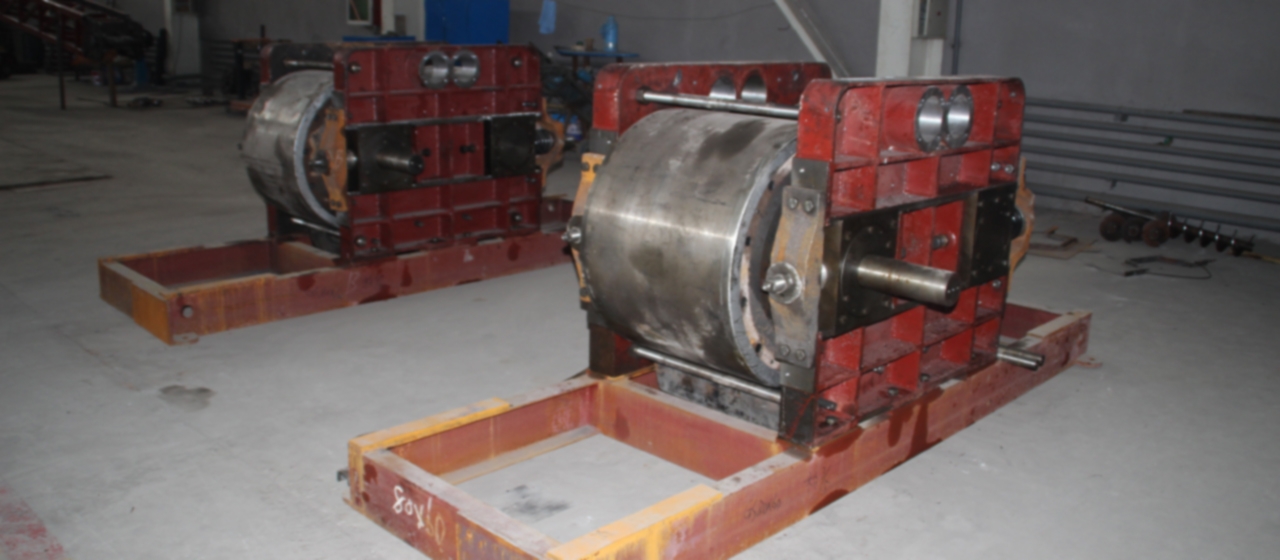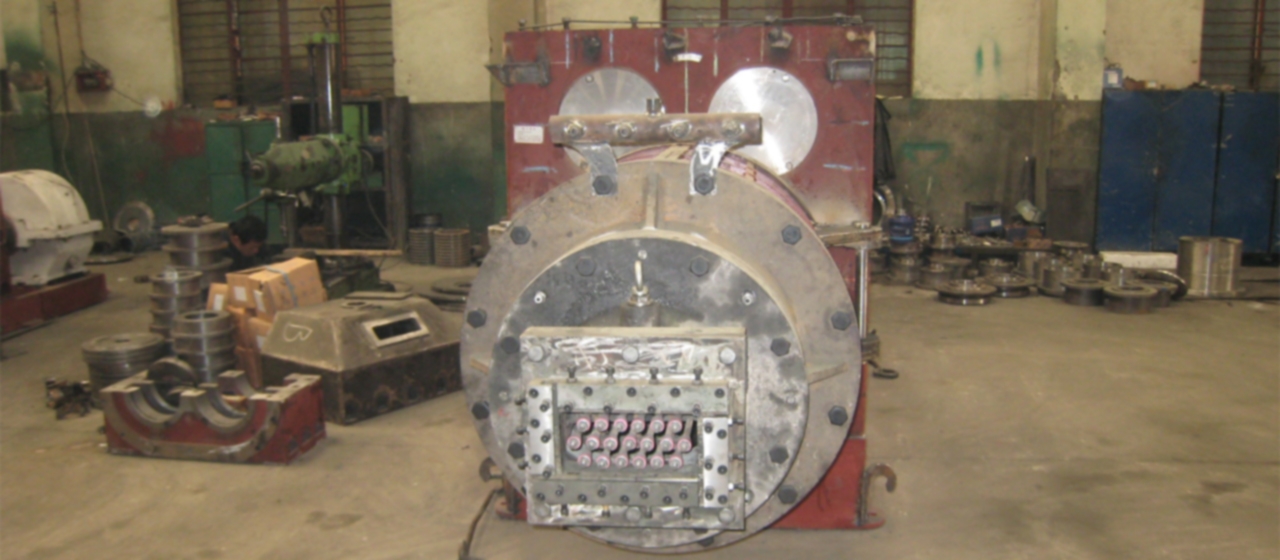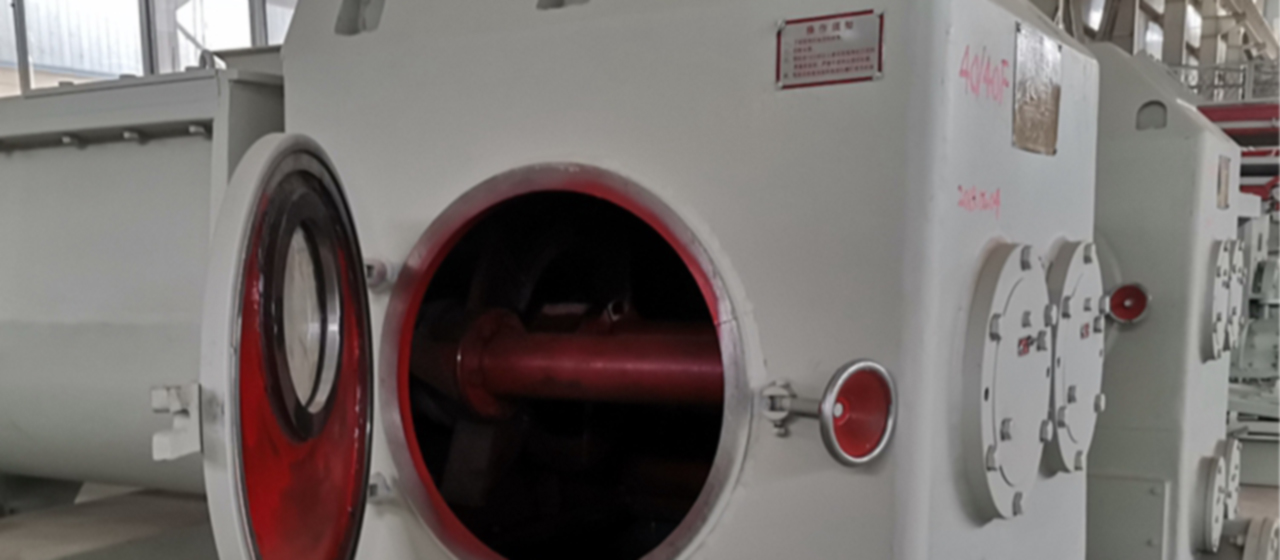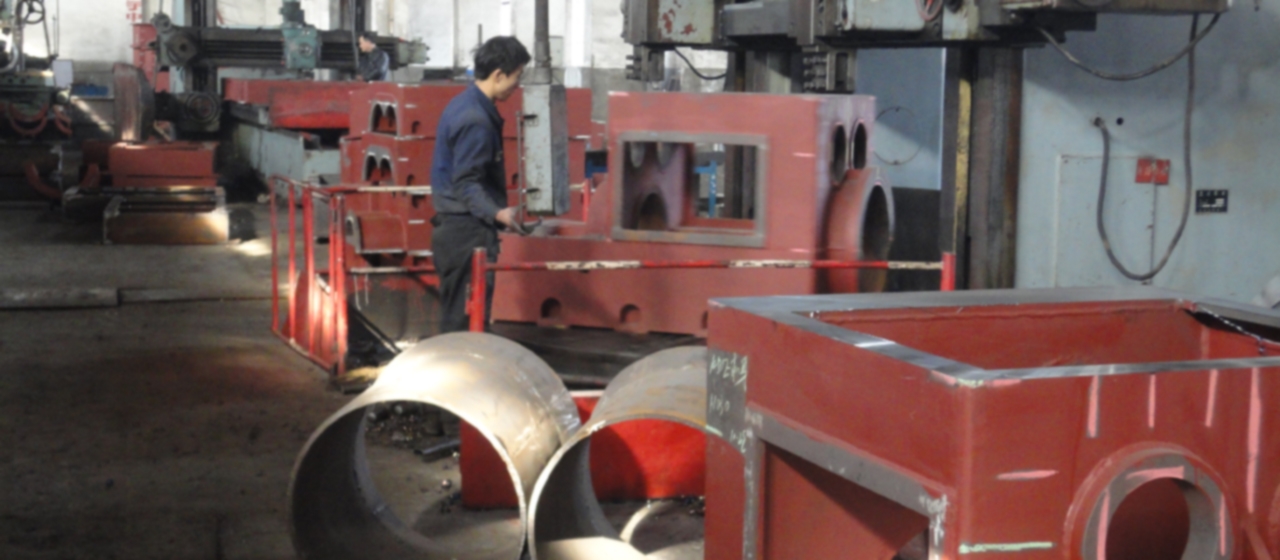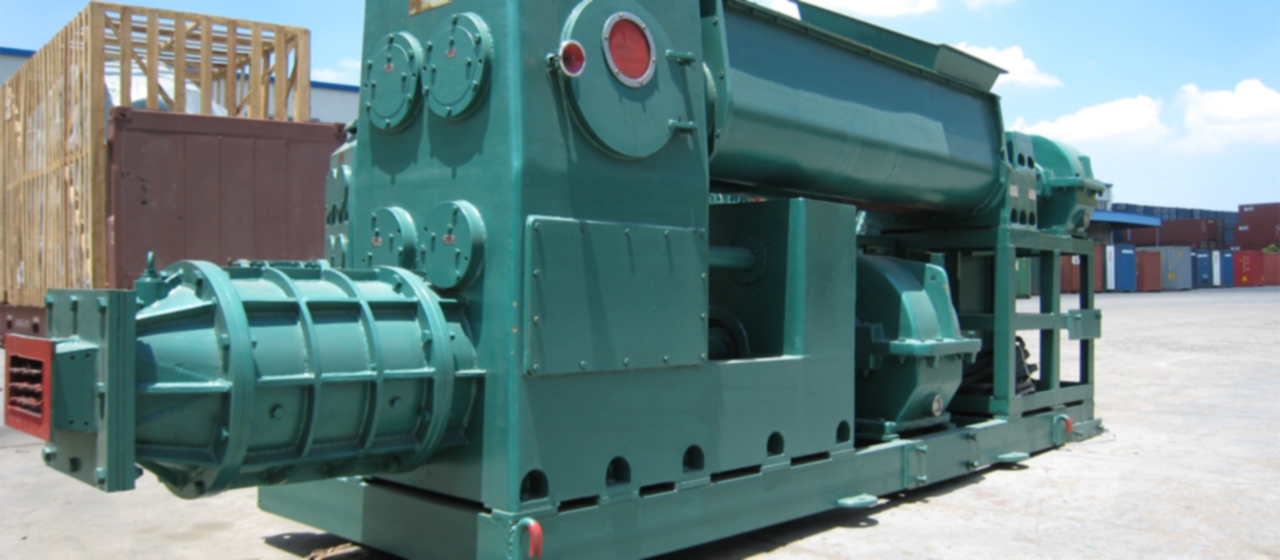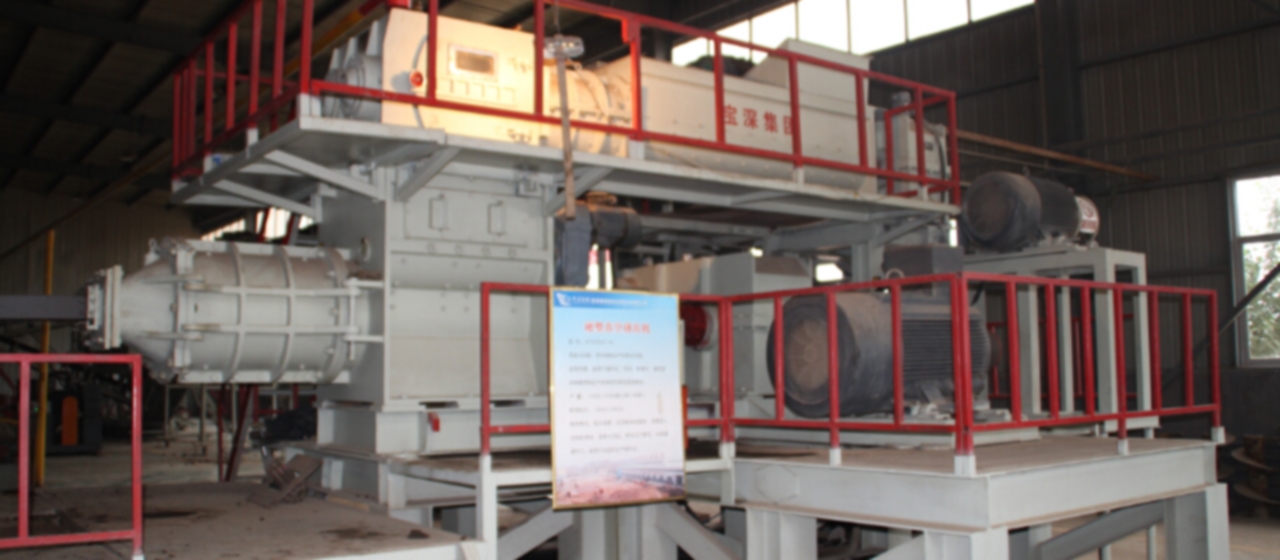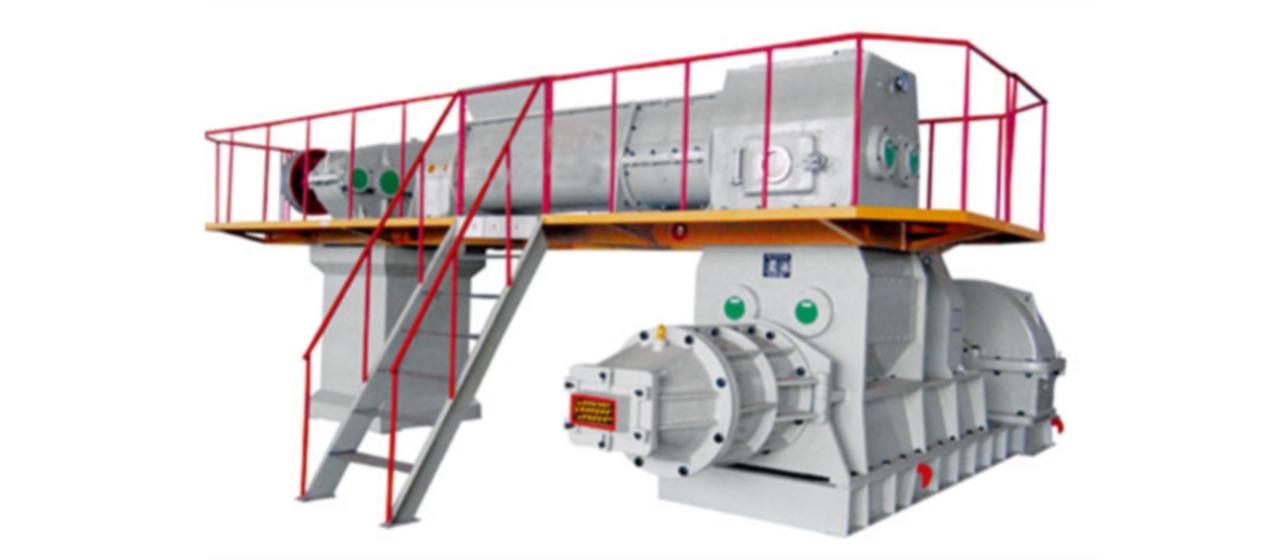building brick factories
Which type of kiln is better for building brick factories or renovating old factories
From the perspective of the development trend of the brick and tile industry, if we are building brick factories or carrying out technological renovations on old brick factories, the preferred firing equipment should be tunnel kilns. This is because compared with rotary kilns and other kilns, tunnel kilns are more in line with the requirements of national energy conservation and emission reduction policies, with higher levels of mechanization and automation. They are advanced production capacity in the brick and tile industry. The use of tunnel kilns can promote the further elimination of outdated production capacity and solve the production difficulties faced by a large number of enterprises using traditional methods to produce bricks.
1、 Reasons for choosing a tunnel kiln
In recent years, with the gradual implementation of wall renovation policies in various provinces and cities, the implementation has been increasing. Many regions have formulated strict production technology standards based on the characteristics of brick and tile production, with specific requirements for production equipment and kilns. Effective work has been carried out to eliminate outdated production capacity, improve production processes, improve firing efficiency, and transform production methods.
1. The first reason for choosing a tunnel kiln is that the quality of the products fired in the tunnel kiln is stable and high.
With the continuous revision of national standards for brick and tile products, the continuous improvement of technical indicators, and the improvement of various performance requirements for products, the production lines using rotary kilns and some old kilns have low strength, large dimensional errors, and unstable product quality. The product quality is lower than the requirements of national standards, and some are unqualified products. The products produced by tunnel kilns have accurate dimensions, beautiful appearance, high strength, and stable quality, fully meeting the requirements of national standards.
2. The second reason for choosing a tunnel kiln is to carry out technological transformation on the production line and improve its production technology level.
The original brick and tile production enterprises mostly carried out production and management in an extensive manner, and the technology level of brick factories was relatively low. The equipment used could only produce the most ordinary and low-end products. The production process mainly relies on manpower and belongs to labor-intensive enterprises. The entire production process rarely uses mechanized and highly automated equipment, and most enterprises rarely consider using fully automated production equipment. With the continuous improvement of production technology and the gradual improvement of brick and tile mechanical equipment performance, the brick and tile production process is further improving. With the deepening of energy conservation and emission reduction work, the requirements for kiln exhaust emissions are becoming increasingly strict. General kilns can no longer meet the requirements. Only by choosing tunnel kilns can the exhaust emissions during the production process meet the national standards. The basic characteristics of tunnel kiln are continuous production, short firing cycle, large output, good quality, high heat utilization rate, good waste heat utilization, and fuel saving. Not only is it easy to operate when burning, but also the loading and unloading operations are carried out outside the kiln, significantly improving the working conditions of operators and reducing labor intensity. If the investor has sufficient funds, it is conducive to implementing automated operations for palletizing and unloading bricks, which is the best choice for brick and tile enterprises to upgrade their production line technology and improve the mechanization and automation level of the production process.
3. Reducing the impact of human factors on production is the third reason for choosing a tunnel kiln
In the production process, a large amount of labor is used, and there are operators in every key link. Most production processes rely on the experience of operators, and without precise measurement, operators cannot operate according to accurate process parameters. This leads to strong randomness in production, and production cannot operate according to reasonable parameters. Human factors have a significant impact on production output, product quality, production efficiency, and enterprise benefits. In the new production process, it is advisable to use highly mechanized and automated equipment as much as possible. Mechanical parts should never be used manually, and semi-automatic equipment should never be used in areas where automated equipment can be used, in order to minimize the impact of human factors on production. For the firing equipment, various operations of the tunnel kiln can be automatically controlled, including lifting the kiln door, automatic lifting of the top car machine, automatic return of the traction machine, automatic control of the fan, automatic monitoring of the kiln temperature, automatic adjustment of the kiln temperature, automatic fuel addition, etc., without the need for manual operation. It is the most suitable kiln that can meet the requirements of fully automatic production and reduce the impact of human factors on production, which cannot be compared to other forms of kilns.
4. Improving labor productivity and reducing production costs is the fourth reason to choose tunnel kilns
The brick and tile industry is a labor-intensive industry, and now labor resources are becoming increasingly scarce, and the number of employees is constantly decreasing. Few young people are willing to engage in this industry, resulting in the majority of employees in this industry being between the ages of 40 and 50, with a relatively low labor productivity. At the same time, personnel salaries are constantly increasing, and the cost of human resources is getting higher and higher. If a production line with high mechanization and automation is used for production, machines should be used instead of manual operations as much as possible to reduce the use of personnel. This can not only reduce labor costs in the production process, but also lower the scrap rate and ensure stable product quality. The tunnel kiln is precisely such a firing equipment, which can be operated manually or without manual operation, fully automated. This not only reduces the occupation of labor resources and reduces the cost of human resources in enterprise production, but also ensures stable product quality and output on the production line.
2、 Issues to pay attention to when choosing a tunnel kiln
Tunnel kiln is undoubtedly a very good firing equipment in the brick and tile industry, but if not selected properly, it still cannot achieve its optimal use effect, and even gives people the illusion that tunnel kiln is not easy to use, cannot be used, and inferior to other kilns, which damages the reputation of tunnel kiln.
1. Choose mature technological solutions to ensure that the production line meets standards and reaches production capacity
When using tunnel kiln to burn bricks, the various parameters used in production should be determined based on the basic properties of the raw materials. The firing output of a kiln is determined by the various performance indicators of the fired products that meet the requirements of national standards, rather than just firing a certain amount to determine the output of the kiln. Some kiln fired products are only 3mm~4mm on the surface and not fully burned inside. Such products that do not meet the requirements of national standards cannot be used as a basis for calculating the output of tunnel kilns. The length, width, and height dimensions of a kiln are calculated based on its output. When calculating the length, width, and height dimensions of a kiln, factors such as the heating and cooling rate of the raw materials, the firing time of the raw materials, the highest firing temperature, and the range of firing temperatures should be considered. The tunnel kiln should also have a complete working system, and various parameters of the working system must be calculated in detail to ensure the normal operation of the tunnel kiln, achieve the goal of correct construction and use of the tunnel kiln, and ensure that the tunnel kiln meets the standards and reaches production during the firing process.
Nowadays, the construction of tunnel kilns can be described as “chaotic”. Various kiln construction companies have sprung up like mushrooms after rain, and various experts have appeared one after another, entering the market of brick and tile kiln construction with the momentum of “the bolder the people, the greater the output of the kiln”. Focusing closely on the concept of “low investment and high output”, we aim to capture the mentality of investors who prioritize “less investment and more output”. Regardless of the type of raw materials used, we will utilize the situation where investors do not understand how to produce them for the project. There is also a set of drawings that go global, using the same process and kiln regardless of the raw materials used for production. The result is very tragic, and many investors of 3.6m wide tunnel kilns can only achieve 50% of the claimed production at the time of construction, or even less. Some so-called experts cannot even understand the basic principle of the kiln, the firing time and temperature range of the raw materials, and the production quality of the tunnel kiln built is very poor, resulting in a final production yield of only 50% to 60% for the kiln constructed by the investor.
2. Reasonably layout the tunnel kiln system to ensure stable firing
According to the definition of tunnel kiln, it should be equipped with ventilation system, fuel combustion system, car inlet system, and sealing system, which constitute the working system of tunnel kiln. The close coordination of various systems is necessary to ensure the normal operation of the tunnel kiln. According to the requirements of the firing atmosphere inside the kiln, the number and location of fans used on the kiln are equipped. The wind pressure of the fans is determined based on the shape of the fired products and the density of the kiln, and the ventilation amount of the fans is determined based on the output. The method of fuel combustion system, the type of combustion equipment used, and the layout and quantity of combustion equipment should be determined based on the type of fuel used, in order to ensure that the temperature inside the kiln is as uniform as possible. The main contents of the entry system include the entry method and the entry time interval. The sealing system includes the sealing between the kiln car and the kiln body, the sealing between the kiln door and the kiln body, the sealing between the pipeline and the kiln body, and the sealing between the kiln cars. The purpose of all these seals is only one, which is to isolate the interior of the tunnel kiln from the external atmosphere, create a good firing space inside the tunnel kiln, and burn semi-finished products into finished products inside the kiln. The division of the three zones during the firing process of the tunnel kiln should be based on the basic properties of the raw materials and should not be arbitrarily divided, in order to ensure the normal production and stable operation of the tunnel kiln.
The use of tunnel kilns within the industry is a bit chaotic now, and it is common to set up tunnel kiln systems arbitrarily. Many nominal tunnel kilns actually use only one shell of the tunnel kiln, which is essentially a rotary kiln. However, the loading of the rotary kiln is placed outside the kiln, resulting in a decrease in firing quality. The reason for this is still unknown. Some are obviously rotary kilns, but they are called tunnel kilns. Various new types of kilns, such as movable tunnel kilns, rotary tunnel kilns, and rotary tunnel kilns, are actually rotary kilns. They fully utilize the working system and operating methods of rotary kilns, and the quality of the fired products is comparable to that of rotary kilns, and some are even inferior to rotary kilns. This type of kiln can only be used in areas with higher temperatures in the south, and for northern provinces, it cannot be produced in winter. Compared to tunnel kilns of the same size, the investment in this type of kiln only reduces the kiln car cost of general tunnel kilns, but its firing output is only 50% of that of tunnel kilns, or even lower. But it is this kind of kiln that claims to be a high-tech product and is widely promoted, which reminds people of a code fired rotary kiln promoted a few years ago, which was also claimed to be an advanced technological achievement. In just a few years, there are still a few companies in normal production, and time is not the wrong touchstone. I hope this situation will not happen again in the industry.
3. Recognizing the importance of kiln cars and ensuring stable quality of fired products
Kiln trucks are indispensable equipment in the production process of tunnel kilns, and are also crucial equipment for the performance and normal use of tunnel kilns. To make the kiln car play the role of a key equipment, the first step is to maintain a good seal between the kiln car and the tunnel kiln body, which completely isolates the inside and outside of the kiln, preventing cold air from entering the kiln at will, and preventing hot air from leaking into the outside of the kiln, ensuring a smooth firing process inside the kiln. Secondly, the sealing between kiln cars should also be secure, as mentioned earlier. Thirdly, the kiln car should run smoothly, which can avoid phenomena such as kiln overturning, uneven firing, and difficulty in entering the car. Fourthly, the insulation layer on the kiln car is very important. If the insulation effect of the kiln car is good, it can make the temperature inside the kiln tend to be consistent, the quality of the fired products uniform, and the color is the same. If the insulation effect of the kiln car is not good, it will cause a large temperature difference between the upper and lower parts of the kiln, and the fired products will be cooked on the top and cooked on the bottom or burnt on the top and cooked on the bottom. In short, the product quality is uneven and the color difference is significant.
Due to the fact that kiln cars are a relatively large investment project during tunnel kiln construction, some investors, in order to save investment, arbitrarily change the material and thickness of the insulation layer of the kiln cars, resulting in a decrease in their insulation performance. Some kiln companies, in order to earn more profits, also replace the insulation materials of the kiln cars with non insulation materials or reduce the thickness of the insulation materials. The negative consequences of this are not only the large temperature difference inside the kiln and the significant difference in the quality of the fired products, but also the high temperature under the car, which exacerbates the damage to the kiln car bearings and steel structure, and affects the service life of the kiln car. Some factories often encounter problems with kiln cars within less than a year of construction, requiring replacement of bearings. This not only exacerbates the increase in production costs, but also changes the understanding of tunnel kilns, leading to a perception that tunnel kilns are not as good as other kilns. In fact, the root lies in the insulation layer of the kiln car, without addressing the seemingly simple insulation layer problem. Some kiln cars do not reduce the thickness and material of the insulation layer, but the insulation effect is still very poor. The essence is that there is a deviation in the use of insulation materials, using good things but not playing the role of good things. Many industry colleagues have asked me why some tunnel kiln cars have temperatures as low as 40 ℃~50 ℃, and people can conduct inspections smoothly under the cars, while others have high temperatures, and people cannot enter the cars at all. The truth is actually very simple, it is caused by the difference in the insulation layer of the kiln car.
3、 Issues to be paid attention to during tunnel kiln construction
The performance of tunnel kilns not only depends on the completeness of the design, but also has a close relationship with construction. The quality of each construction step affects the quality and performance of tunnel kilns.
1. Construction materials must be guaranteed
In the process of kiln design, various material properties and usage requirements were considered, and the usage location and thickness of the materials were calculated. In order to ensure construction quality, the location and amount of materials used shall not be changed arbitrarily during the construction process, nor shall the variety and quality level of materials used be changed. If substitution is required, the strength grade of the structural material must be higher than that of the original design material, and the thermal conductivity of the insulation material to be replaced must be lower than that of the original material used.
2. Construction according to design requirements
In the use of tunnel kilns, full consideration was given to the technical requirements that should be achieved during the construction process, the difficulty of construction, and the solutions to be taken. Many specifications and standards are used in the design, including national level standards and specifications, provincial and ministerial level standards and specifications, local level standards and specifications, and industry standards and specifications. Specific requirements are proposed for each part in the construction requirements, which are in accordance with the construction specifications and standards. If any changes are required, they must be made in accordance with the corresponding provisions of the specifications and standards, and must not be changed arbitrarily. The materials used for construction are generally selected from materials published in national standards. If the specifications and models of materials need to be changed, they should be compared with national standards and replaced with materials with higher performance in the original design.

